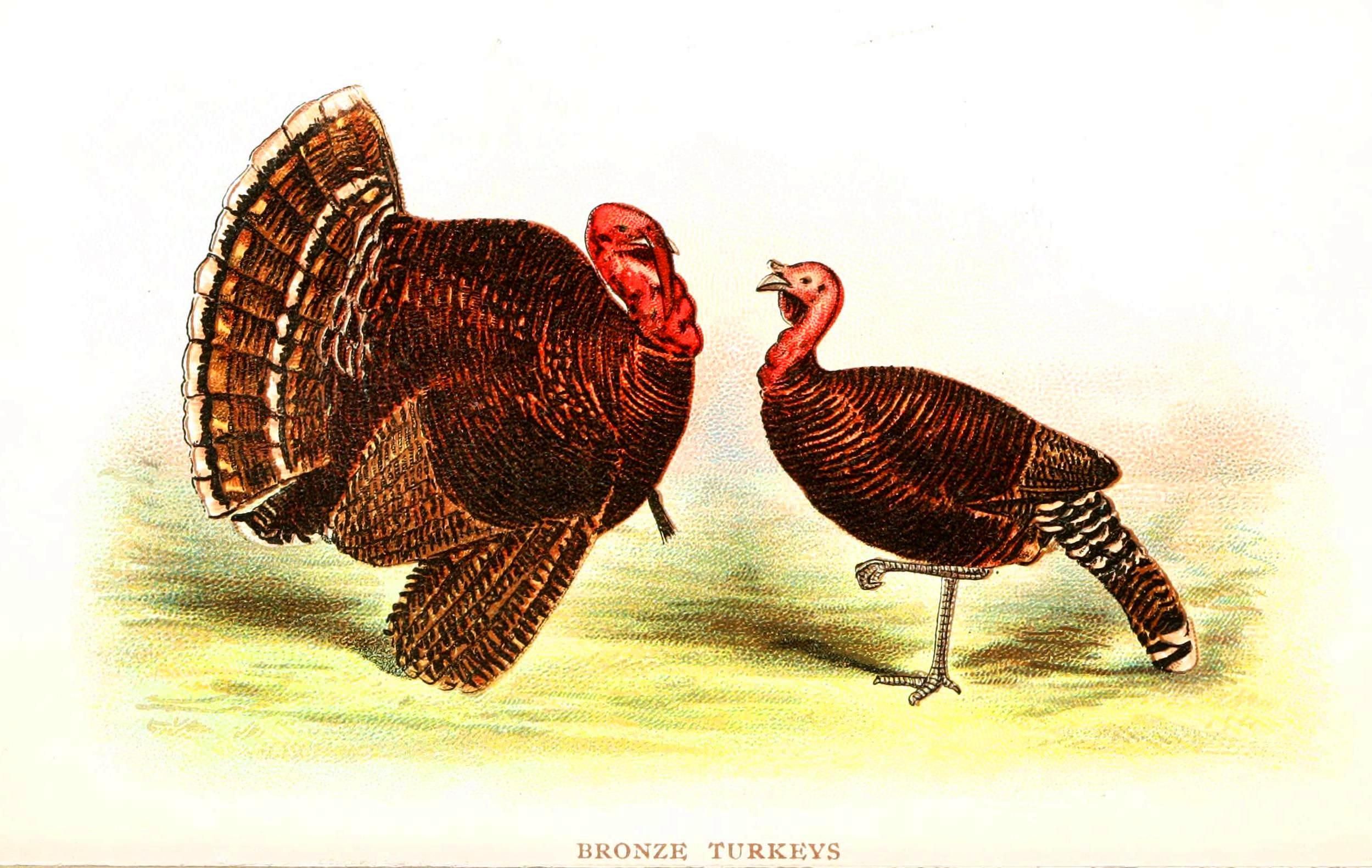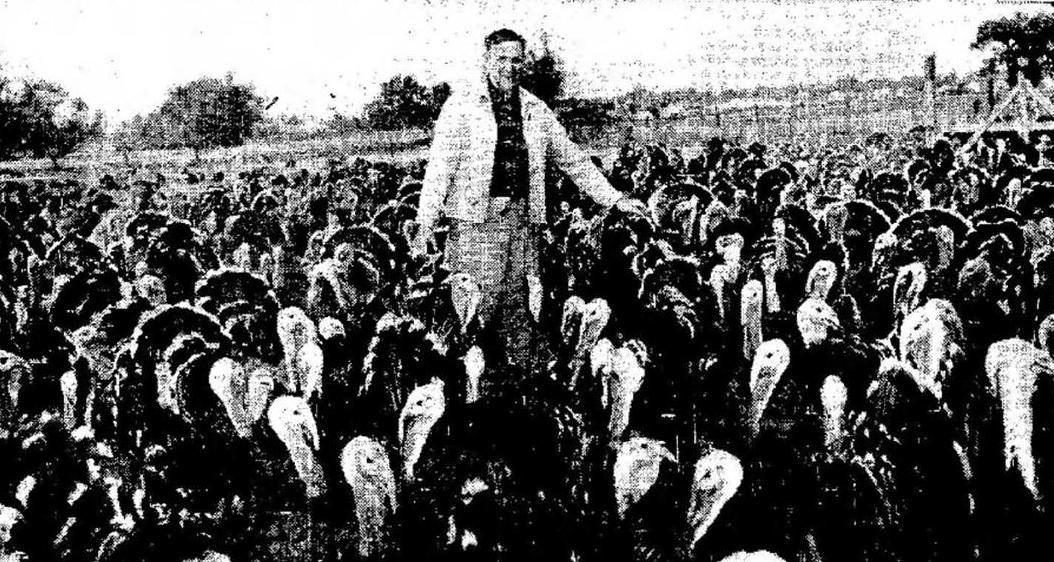Frank Margrave was Reno poultry royalty.
Skeptics might say that the story of Frank Margrave’s enormous turkey ranch in Reno simply is a footnote, considering the extensive farms and ranches that dotted Northern Nevada in the 1940s. However, they may be missing the bigger story. Margrave’s tale is one of urban sprawl, farm land lost to housing development, and changes to agricultural practices.
New career
Let’s start with some facts. The ranch was short lived, from 1944 to ’45, but in November 1945, it had 10,000 birds ready for Thanksgiving tables. Margrave, a Tennessean by birth, moved to Nevada during the Goldfield mining boom in the 1920s, eventually finding success with the Nevada Packard mine in Pershing County. When his mill burned down and World War II intervened, Margrave came to Reno.
In a move echoed by other mine owners, he bought a ranch and started a new career as The Turkey King, a name dubbed by the Reno Evening Gazette on Nov. 17, 1945. His ranch was located south of Reno on 50 acres near Carson Road. On today’s map, this is the area south of Plumb Lane, east of where Park Lane Mall eventually was built.
A misguided venture
Margrave’s operation may have been unwise from the start. Although President Roosevelt asked people to raise all the poultry meat possible during World War II, factors changed after the war. When Margrave was beginning his business, Minnie Blair was shutting down her Fallon turkey farm after finding it impossible to hire the necessary help to harvest the crop (see “Famous Fallon Birds” in our winter 2016 issue). Bodie Graham, a Native American who lived on the Fallon Paiute-Shoshone reservation, also raised thousands of turkeys on his small farm, but as with Blair, times were tough after the war, and turkey production ceased.
Despite these closures, Margrave raised 6,000 birds in 1944 and increased his flock to 10,000 in 1945. On May 5, 1945, the Reno Evening Gazette said he had the “largest herd ever known to be corralled on a Nevada ranch.” In December, Margrave shipped two train carloads of turkeys to New York, with enough birds remaining to supply local needs. He employed about 20 “pickers” on the ranch to prepare the turkeys.
Margrave didn’t even bet on the right turkey. Margrave invested in a then-popular variety called the broad-breasted bronze, a domesticated bird with iridescent, bronze-like plumage. He soon discovered their shorter natural life spans, due to the breed’s large size and poor reproductive rate. Once the most popular turkey, its importance waned, as the broad-breasted white began the domination that continues to this day.

Vintage postcard of bronze turkeys
Ranch houses
The ranch operated for two years before Margrave discovered a new vein of potential wealth: subdivision of the land for the development of small homes. Reno’s population was booming, and returning veterans presented a perfect target market. In February 1946, Margrave offered a subdivision plat to the county planning board to develop a total of 252 acres, including the farmland, into Sierra Acres. Plans moved swiftly. Only months later, ads appeared offering “lovely homesites” for as little as $350 in the renamed Sierra Meadows subdivision. In a sad statement of the times, the neighborhood was described as “restricted,” meaning people of color need not apply. By 1949, the area was well established, with an ad reading, “combine the good taste of an architect and a woman’s dream and you have the ultra in modern living.” The home was offered at $13,650.
Here finally was a business in which Margrave met with long-term success. Unlike with the small homes built in Sierra Meadows, he hired famed architect Frederic DeLongchamps to design a home for his family on prestigious Court Street in Reno. His legacy lives on in a street still called Margrave Drive, where you will see many of the original homes, though without a turkey feather to be found.
Sharon Honig-Bear was the longtime restaurant writer for the Reno Gazette Journal. She relishes Reno history and is a tour leader with the Historic Reno Preservation Society. You can reach her with comments and story suggestions at Sharon@ediblerenotahoe.com.


